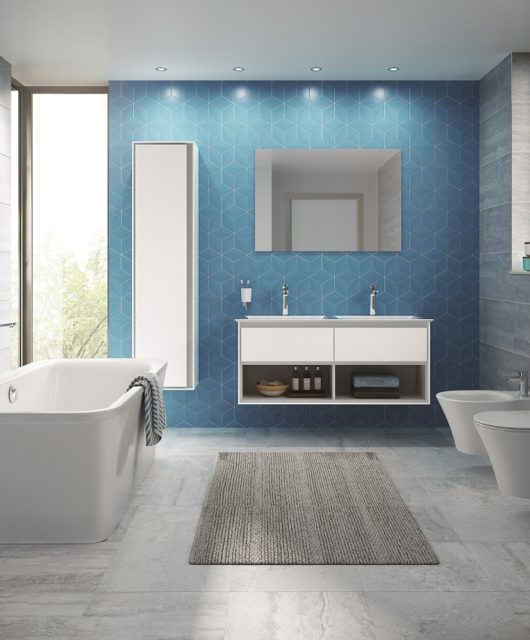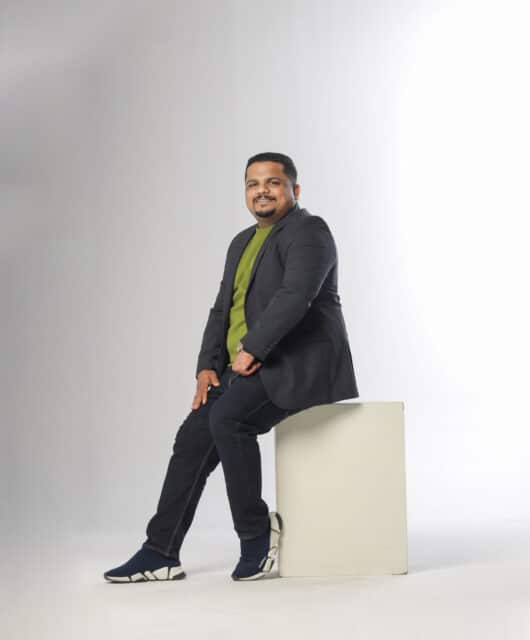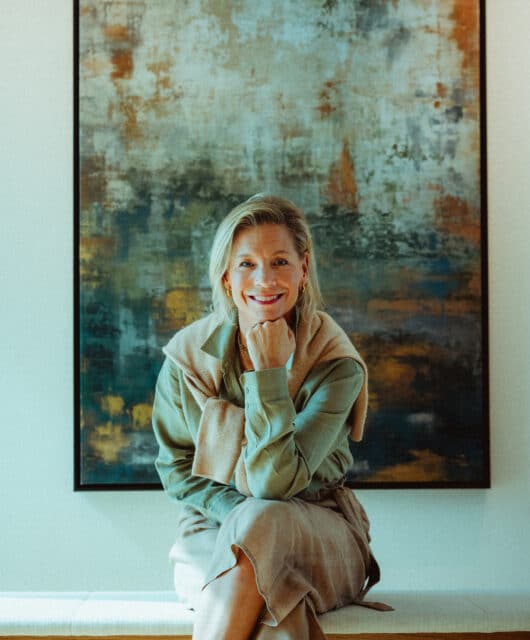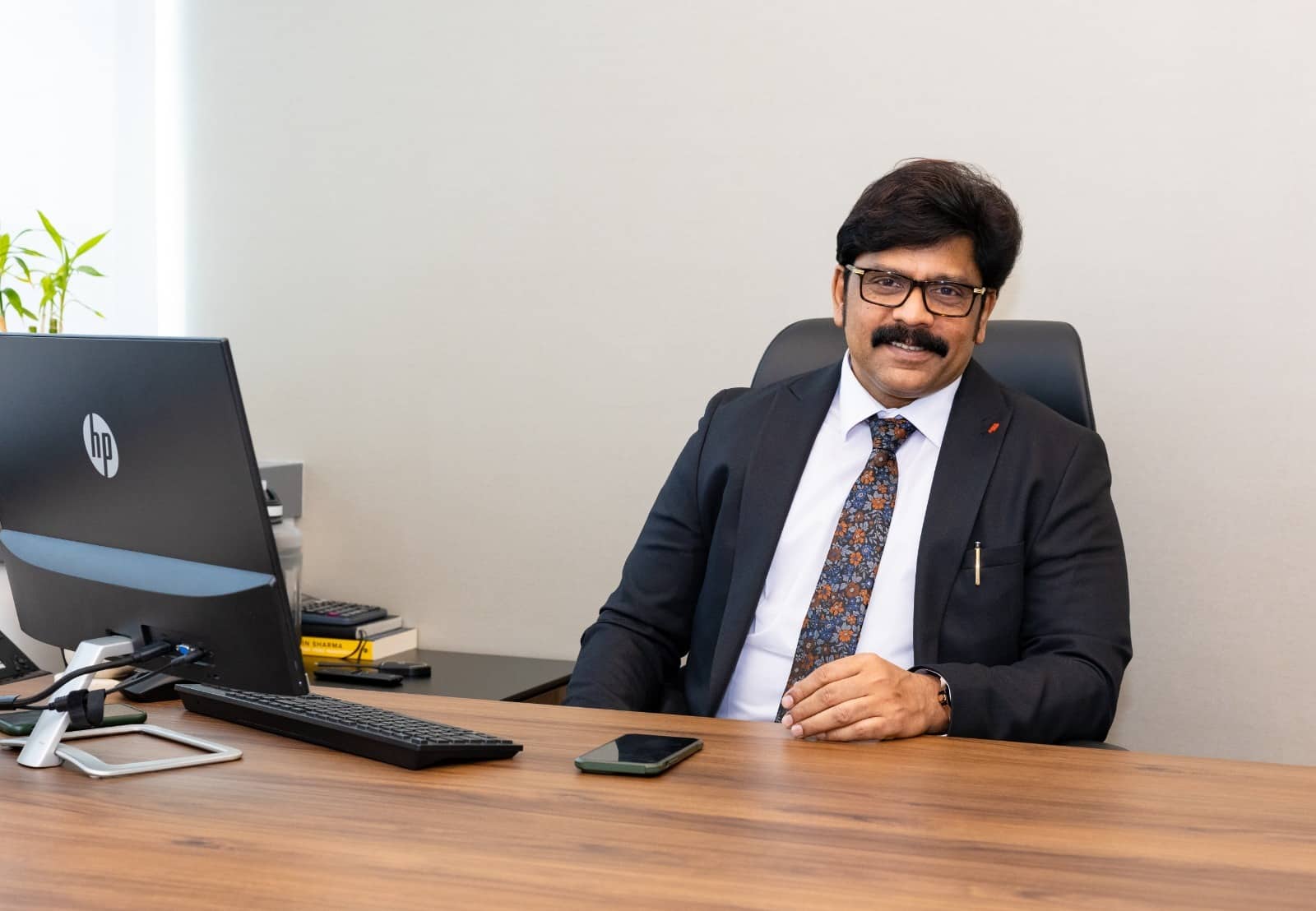Making a Splash
“The wonderful thing about ceramics,especially for bathroom products, is that it’s hygienic – it’s really tough and clean. You can have a washbasin at home for 10 years and it’s pretty much the same as it was when it was put in, and I think that is unique to ceramic. “There’s a lot of these solid-surface materials and you can do amazing things with them, but after 10 years it wouldn’t look the same as it did on the day you put it in. Ideal Standard offers a 25-year guarantee on the ceramic – you wouldn’t give such a guarantee for what is essentially a plastic basin.” Consumer demand isn’t the only factor that’s changing sanitary ware. Environmental considerations increasingly come into play, particularly where water usage is concerned.
“When I started as a designer in the bathroom industry, there were something like 13 litres in the tank. It’s gone from 13 to nine to seven to six to four – it’s a progression downwards in terms of the volume of water,” Levien says. Maintaining performance while boosting efficiency has been no easy task, he says, reflecting on the bulky, wall-mounted units of old. “When you pulled the chain it was like Niagara! They really worked.” Today’s economical systems take up far less space, but still not everyone is pleased. When Levien scaled down cisterns for the Connect range, he challenged perceptions of what a toilet should look like. “People were saying the tank was too small. And I said ‘It’s not. It’s still larger than it needs to be, and you’re just going to have to bear with me because you’re going to have to get used to it!’ “At the beginning, things can look strange and I often find myself saying ‘If you’re not a little bit scared of what I’m showing you, I haven’t done my job’. You have to be quite confident as a designer when you approach clients in that way. “I’m not a big-time revolutionary or anything, but I think a designer’s job is to say what they really think, even if it might not be what the client wants to hear.”
Practice makes perfect
Studio Levien’s sanitary ware is modelled by hand, physically sculpted fromslabs of Styrofoam that he melts using a hotwire. “We make full-size bathtubs in the studio that you can get into. Styrofoam is soft and it’s blue, which is about as far as you can get from the finished thing, which is usually hard and white, but the ergonomics, the interaction between people and product, are really developed through modelling.”
So
designers. We keep going, even though we think it might not be working out, and then we finish it, then we put it to one side and we make the next one and so on, until we get it just, just right. It’s kind of a labour of love.”







